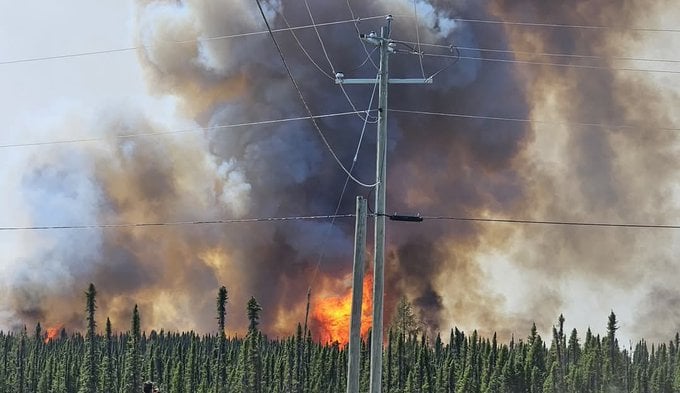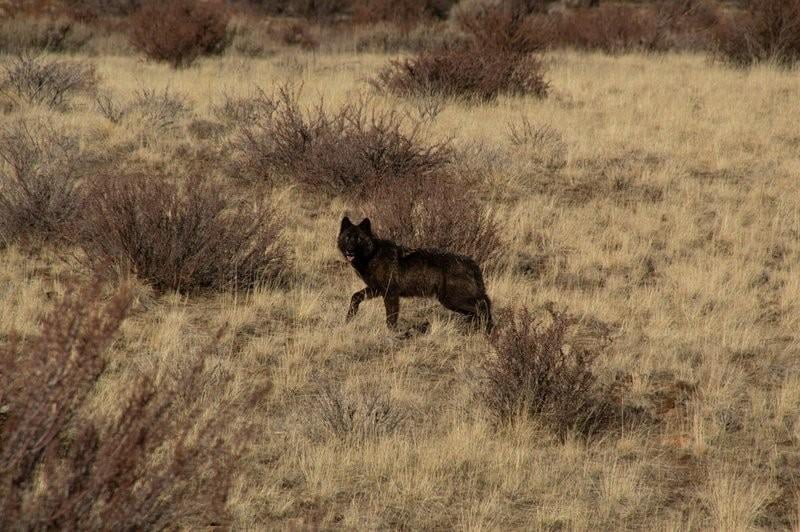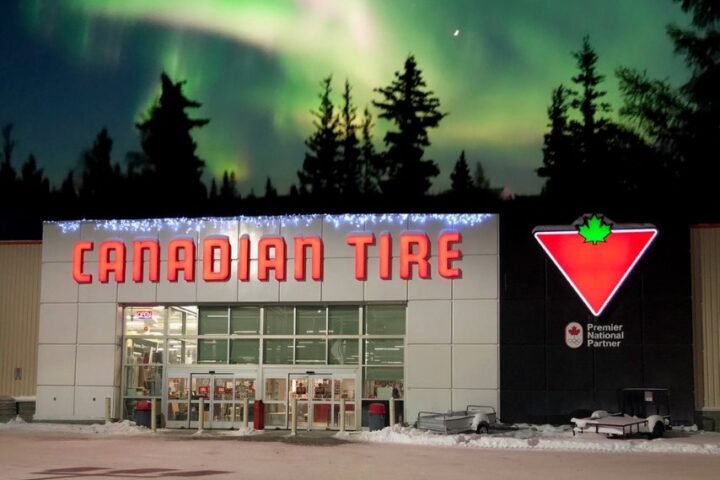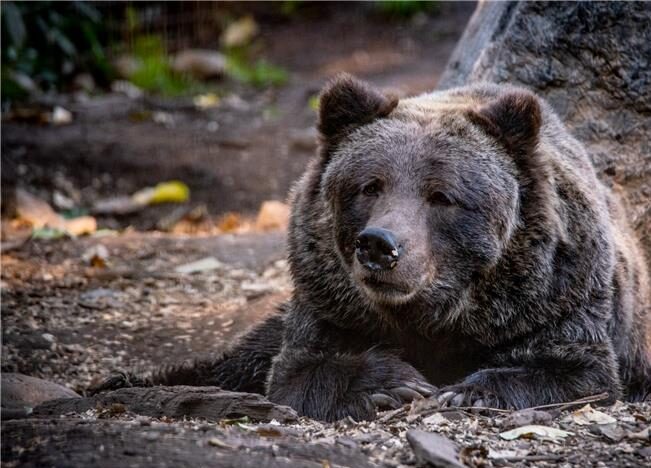Massive wildfires burning in Manitoba and Saskatchewan are forcing thousands to flee their homes while sending hazardous smoke hundreds of miles south into the United States.
More than 21,000 people have been evacuated as Manitoba declared a province-wide state of emergency on May 29. Premier Wab Kinew called it “the largest evacuation Manitoba will have seen in most people’s living memory.”
“This is not a fire in one region, we have fires in every region. That is a sign of a changing climate that we are going to have to adapt to,” Kinew said.
As of May 30, approximately 1,377 active wildfires are burning across Canada, with 1.58 million hectares (3.9 million acres) already consumed. Two civilian deaths have been reported in Lac du Bonnet, Manitoba.
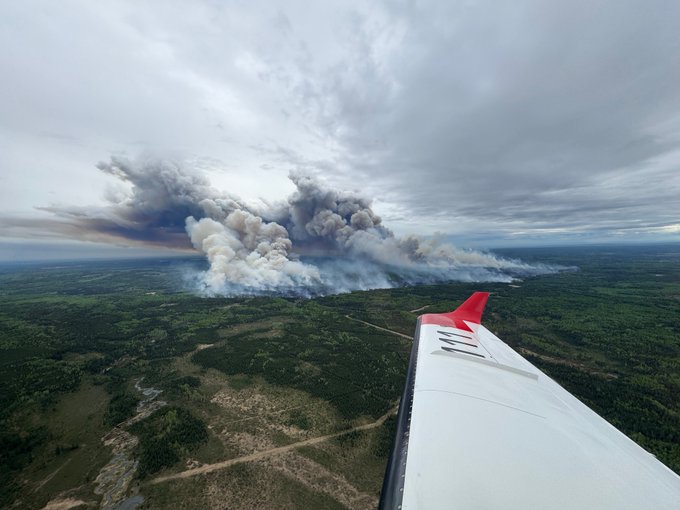
The smoke from these fires has triggered air quality alerts across several U.S. states, including Wisconsin, Michigan, Minnesota, Illinois, Iowa, and parts of Kentucky and Wyoming.
“The smoke will waft into the Northern Plains and Midwest,” meteorologists report, with the thickest plumes affecting the upper Midwest. In Minnesota, the entire state is under an air quality alert until Monday, with conditions expected to reach the “red” category – unhealthy for everyone, not just sensitive groups.
Similar Posts
Health experts warn that the dangers extend beyond immediate discomfort. Dr. Yaguang Wei from Mount Sinai’s Icahn School of Medicine notes that “even short-term exposure to wildfire smoke can have long-term health effects.”
A recent study published in the journal Epidemiology found that the risk of hospitalization for heart and lung problems can remain elevated for months after smoke exposure. The American Heart Association warns of increased risk of sudden cardiac arrest and more emergency room visits for cardiovascular issues.
The smoke contains tiny particles called PM2.5 that can penetrate deep into lungs and enter the bloodstream. Children, elderly people, pregnant women, and those with existing heart or lung conditions face the highest risk.
This crisis follows two consecutive years of severe fire seasons in Canada, with 2023 being the worst on record. Climate scientists point to abnormally high temperatures as a key factor. Climate Central reported that temperatures in Manitoba were 22 to 24.3 degrees Celsius above average, creating ideal conditions for fires to ignite and spread rapidly.
Canadian Prime Minister Mark Carney has mobilized the Canadian Armed Forces for air evacuations, particularly in Indigenous communities. The government is partnering with the Canadian Red Cross to provide temporary lodging, food, and clothing to evacuees.
For those in affected areas, health officials recommend staying indoors with windows closed, using air purifiers with HEPA filters, limiting outdoor activities, and wearing N95 masks when outside.

Meteorologists predict some relief may arrive by Tuesday, when a pattern change will bring winds from the south, temporarily pushing the smoke back toward Canada.
The fires follow a worrying trend of earlier, more intense wildfire seasons that experts link to climate change. With forecasts suggesting above-average fire conditions for the remainder of spring and summer across multiple Canadian provinces, the impact on air quality across North America may continue for months.
